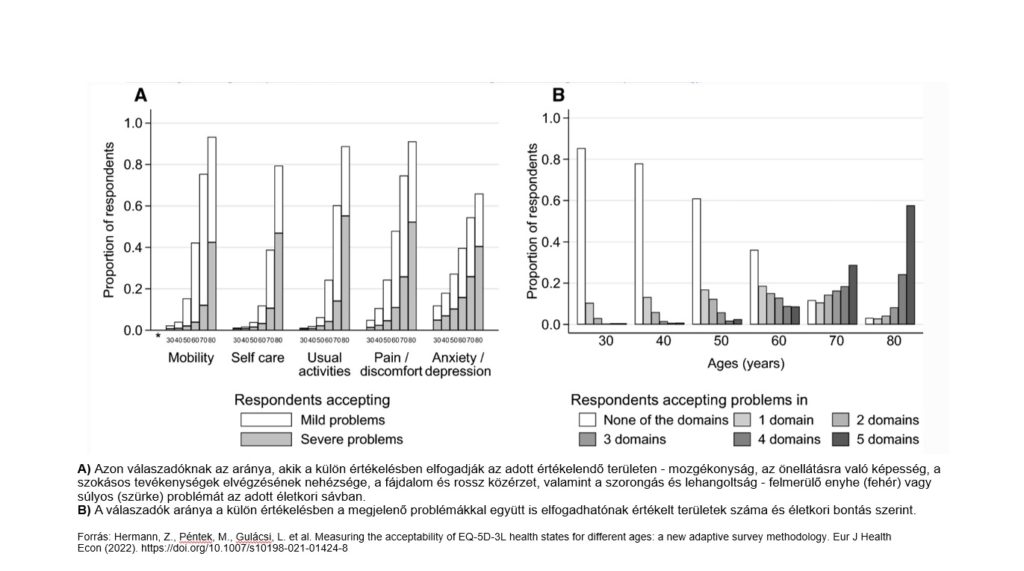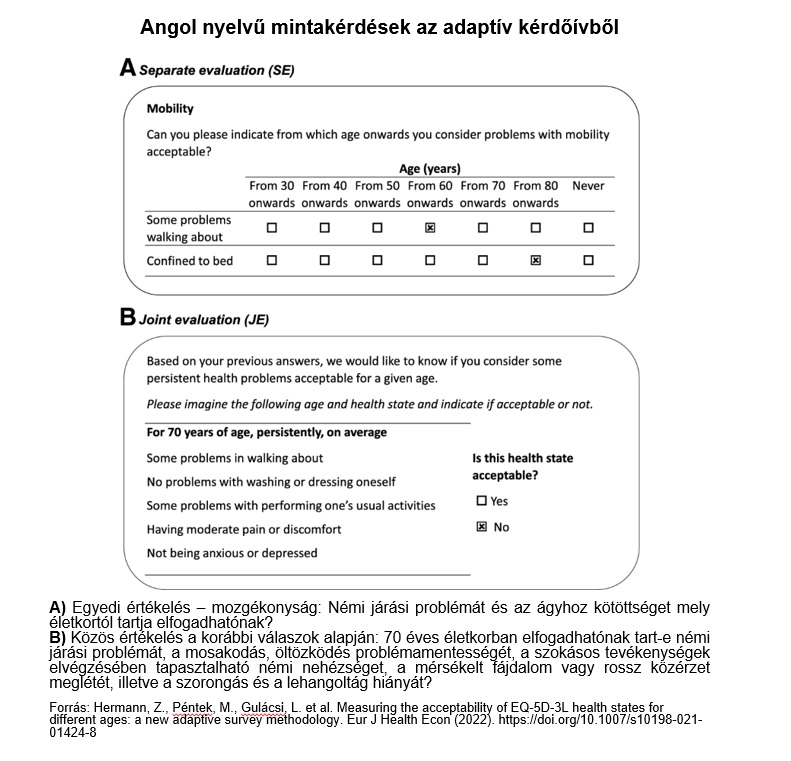Corvinus research: new algorithm to measure health

Because of the limited resources, the state is not able to support all the new medications, treatments and therapies to the same extent, as funds available for healthcare are not unlimited in any country. Thus health economists are responsible for evaluating the utility of individual therapies for decision-makers. For this purpose, the improvement achieved by various therapies (health gains) and the costs of applying them and other social impacts (e.g. ability to work, burdens within the family) have to be quantified in a uniform framework. The considered social aspects and the process of decision-making are different in each country, but the decisions have to be more and more in line with the preferences of society. Presently used methods measure health gains in the same way, regardless of the age of the individual and the severity of the symptoms. For instance, if a treatment terminates a moderate walking problem or a serious pain, these are considered as health gains of the same extent, independently of the fact whether the patient was elderly or young, with mild or serious problems. However, research has found that in the distribution of the limited resources, people would consider the same improvement with different priorities, based on the severity of the symptoms. Research has also pointed out that people consider certain health problems acceptable for older ages, as a normal consequence of ageing.
In the financing of healthcare, the primary principles of the fair distribution of funds are enforced to various extents in the practices of individual countries certain courses consider equality, while others consider efficiency or the extent of need as the key considerations. There are, however, theories less widespread in practice, too, which say that the point is to make sure that everyone gets as much resources as necessary for the satisfaction of his/her needs. Based on this, the question is how we could follow, in the financing of new therapies, the primary principle that as many people as possible should have an acceptable health state that matches his/her age. In order to answer this question, first we have to make sure that we are able to accurately measure the health states that are considered acceptable in different ages. For this measurement, the researchers of the Corvinus University and the Óbuda University worked out a method – the first of its kind in the world – that is based on an adaptive survey algorithm and the related estimation model.
In the course of the health economy analyses, the researchers of the Corvinus relied on the questionnaire used most frequently in measuring health gains. This measures problems of various severity in the five domains that are most important from the aspect of the quality of life: mobility, self-care, difficulties in carrying out the usual activities, pain and discomfort, and the anxiety and depression dimensions. This way the number of the combinations of the problems of various severity and the different ages is so high that it would be an extremely costly and complicated process to assess their acceptability among the population.
This is why the researchers used an adaptive algorithm to select – from all the combinations to be assessed – the few questions that allowed them to learn the preferences of the given individual. Actually, the answers to certain questions can be deducted from earlier answers. If an individual finds a problem acceptable in the age of 30, he/she will probably find it acceptable in the age of 60, too. However, if a given condition is not acceptable in the age of 80, it is probably not acceptable in the age of 30, either. Thus, from the information supplied, the algorithm automatically answers some questions, and asks only the questions where information seems to be missing. The adaptive algorithm – although it dramatically increases the efficiency of questioning – may distort the results of the population’s estimates when applied in itself. The estimation model belonging to the survey algorithm eliminates this distortion, and owing to that, the new method is the first to supply complete and sufficiently exact estimates about the ratios within the general population that find various combinations of health problems acceptable in certain ages.
Zoltán Hermann and Zsombor Zrubka, researchers of the Corvinus University and the Óbuda University published their paper in the European Journal of Health Economics . The full research can be read here: https://link.springer.com/article/10.1007/s10198-021-01424-8.

